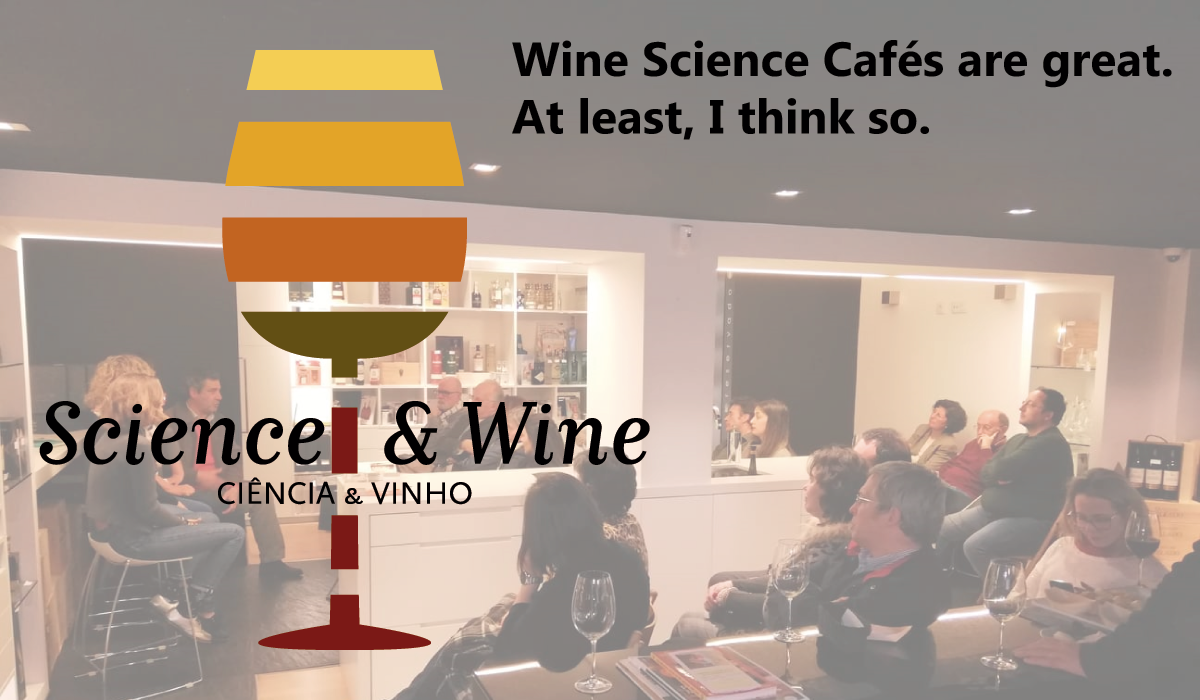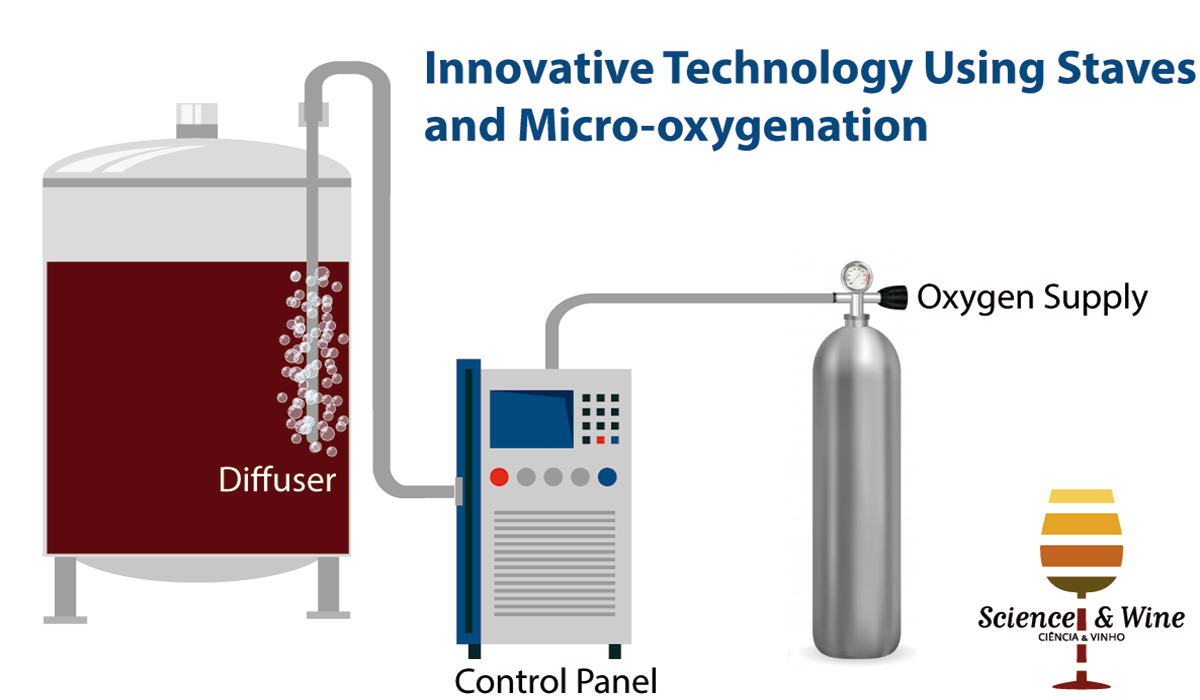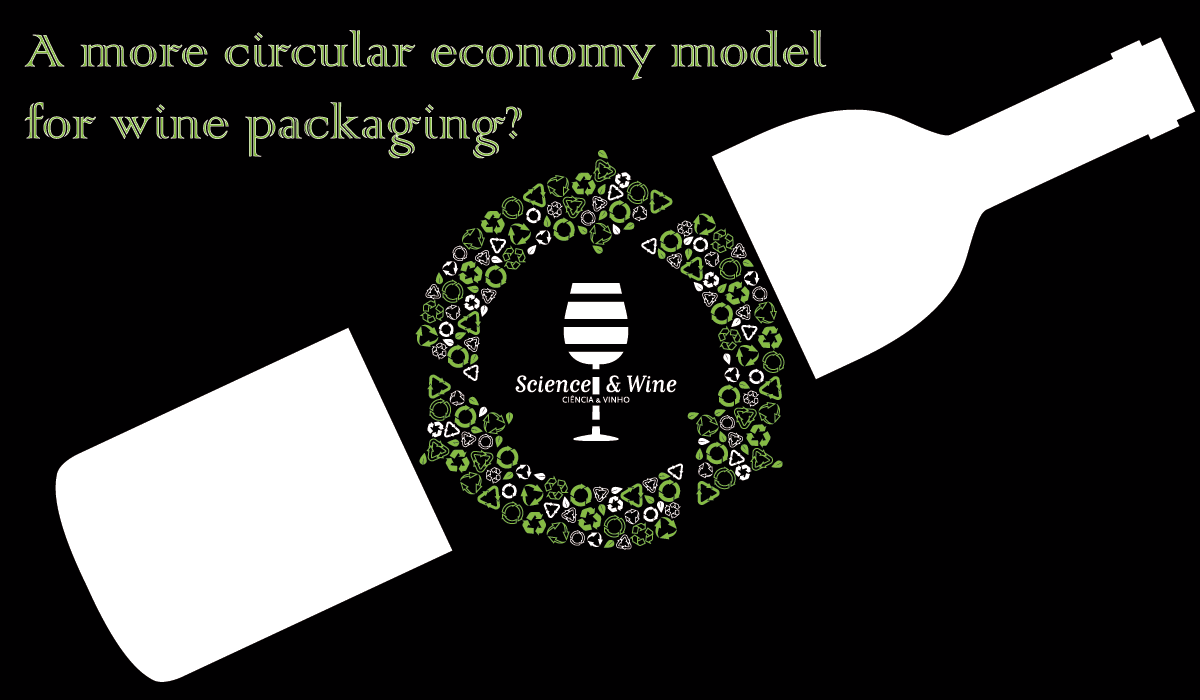Winemaker must be alert to the need of developing a more circular and resource-efficient production. They must be conscient that thousands of used wine glasses are being throwed out to the environment. Therefore, they must innovate are creatively address glass waste. This post describes a case study and these questions are discussed.

Wine and Membranes
Wine alcohol content can now be measured using membrane contactors through the measurement of the trans-membrane flux. This approach involves a flat cell module equipped with a commercial polypropylene membrane. One membrane side of the membrane is in contact with wine and the other one is under vacuum. A preliminary experiment was carried out using hydro-alcoholic solutions with final ethanol contents of 5, 10 and 20% v/v. A correlation line was obtained between the trans-membrane flux and the ethanol content of the feed. Then this approach was applied to measure trans-membrane fluxes of commercial white and rosé wines (both at 10.5% v/v), results were reported on the correlation line, so that to compare the real alcohol content with the predicted one. This post describes the results obtained and discuss the utility of this method to measure wine alcohol content.

Wine Science Cafés are great. At least, I think so.
Engaging the public on science has often presented challenges. One approach to address these challenges is through the Science Café, or Café Scientifique. In January of 2019 this format started to be used in wine research area in Wine Science Cafés in Portugal. The aim of this post is to make a reflection about the mean and importance of these events.

Innovative technology using staves and micro-oxygenation and its impact on the phenolic composition and colour of the aged wine spirit
The post of this week tries to clarify and issue that is very discussed nowadays: the importance of the wine spirits both in red wine aging and quality. The author summarizes a study carried out with the aim of explore the effect of micro-oxygenation and wood staves applied in 1000 L stainless steel tanks versus 250 L wooden barrels on the phenolic composition and chromatic characteristics acquired by the wine spirit over the first six months of ageing. The results showed that wine treated with micro-oxygenation and staves have greater colour evolution than wine in barrels, which correlates with its higher total phenolic content and individual contents of low molecular weight phenolic compounds.

